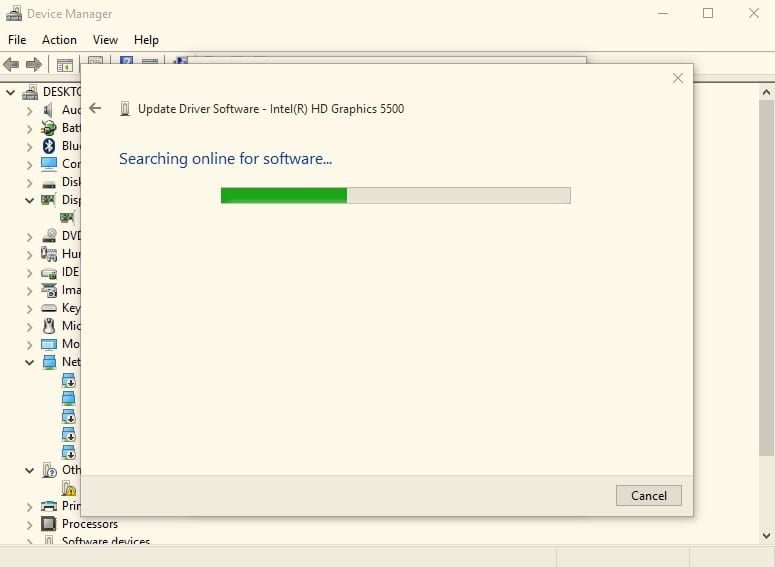

There are a number of workarounds for this problem.


To make matters worse, the ACPI video module in kernels up to 2.6.19.1 has a hideous bug that gets many ACPI video events wrong, and this is the probable cause for the "tries to switch video output" effect some users observed, which can cause serious problems in certain configurations, like X server hangs. The Linux kernel handling for the ACPI video event brighness up is not implemented by the ACPI video module before Linux 2.6.20-rc?, which results in the brightness up key not working, even if the event is handled correctly. But from 15, the brightness level will go down to 13, 11, 9, 7, 5, 3, 1, then 0. For example, starting from 0, the brightness level will go up to 2, 4, 6, 8, 10, 12, 14, then 15. It will seem to the user, that the brightness up/down keys work in steps of 2. One problem is that when the brightness up Fn Home or brightness down Fn End key is pressed, that event is processed twice. This made ThinkPad users suffer from a bug in the Linux kernel handling of ACPI video events.
#LINUX BRIGHTNESS CONTROL NOT WORKING HOW TO#
sudo rm /usr/share/keyrings/apandada1.gpg /usr/share/keyrings/apandada1.gpg How to Fix Broken GPG Import
#LINUX BRIGHTNESS CONTROL NOT WORKING SOFTWARE#
Next, you should remove the PPA for users who will not use the software again. sudo apt-get autoremove brightness-controller -purge -y Use one of the following commands to suit the original installation method for users who no longer require the application. How to Remove (Uninstall) Brightness Controller I suggest that users new to Linux run this command frequently to ensure your system works as intended, even if you have automatic GUI updates or notifications. The command will also ensure all other packages that use the APT package manager, including your system packages, are up-to-date.

The best method to ensure your installation is up-to-date is to open the command line terminal and run the following command.


 0 kommentar(er)
0 kommentar(er)
